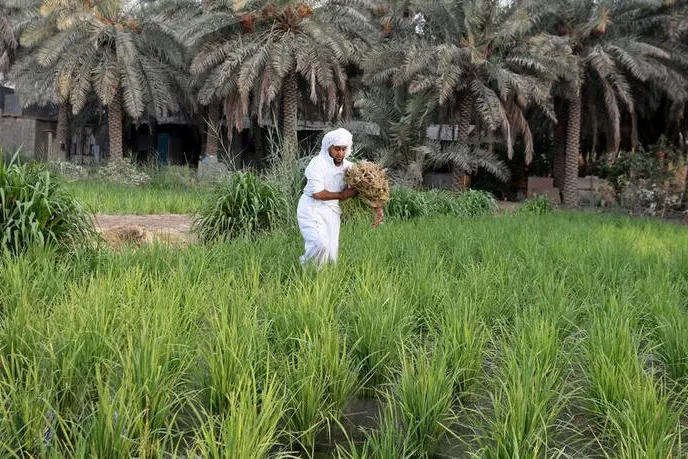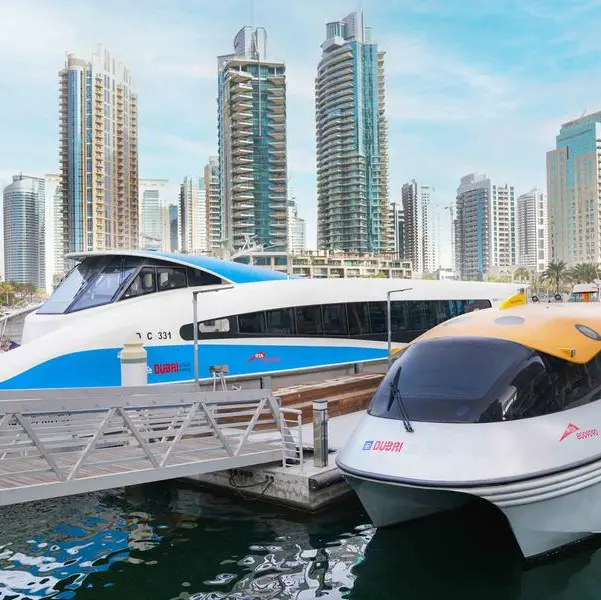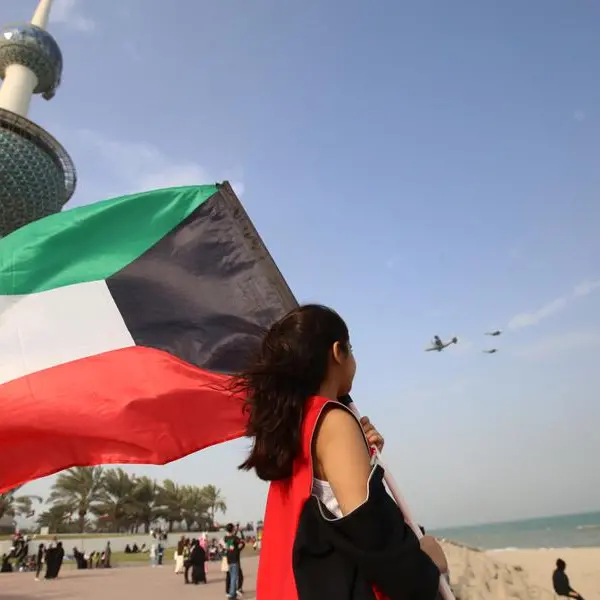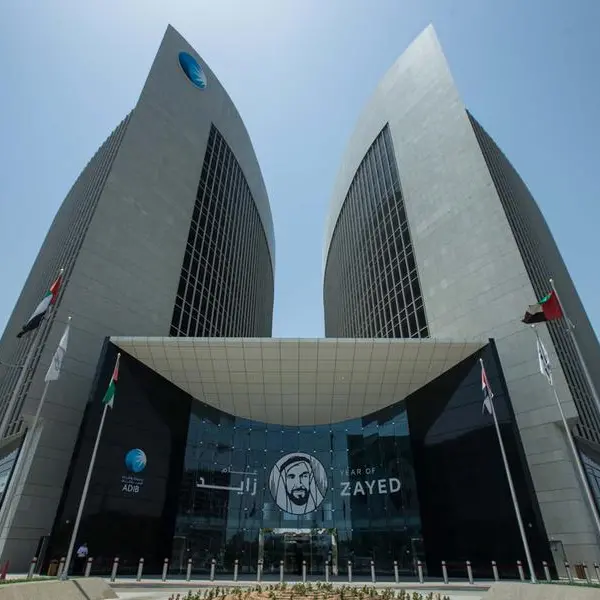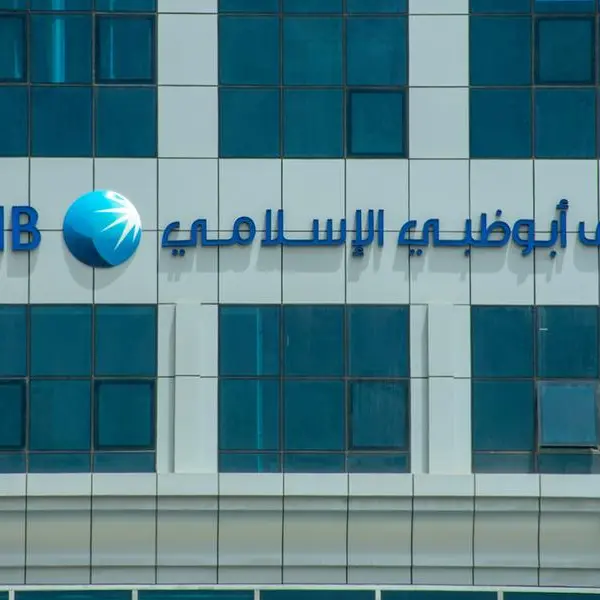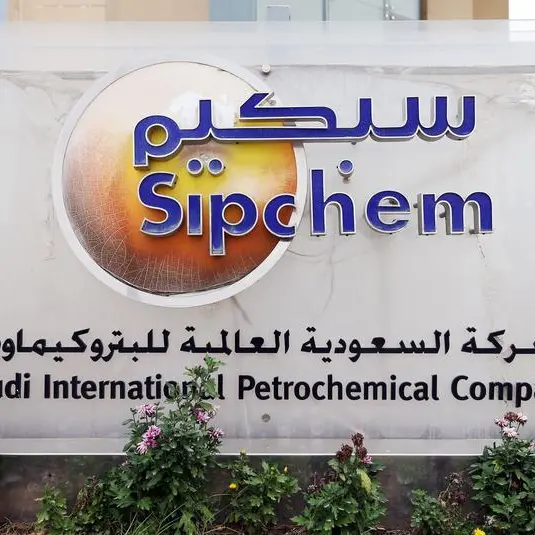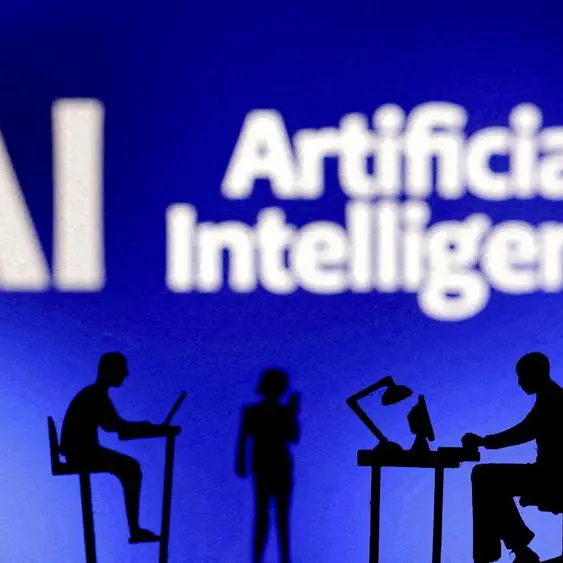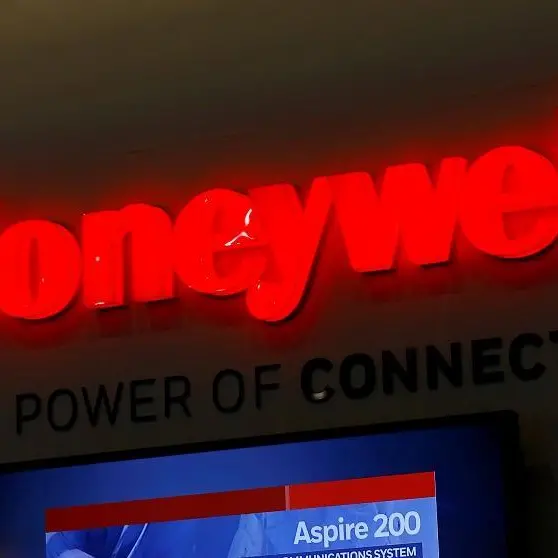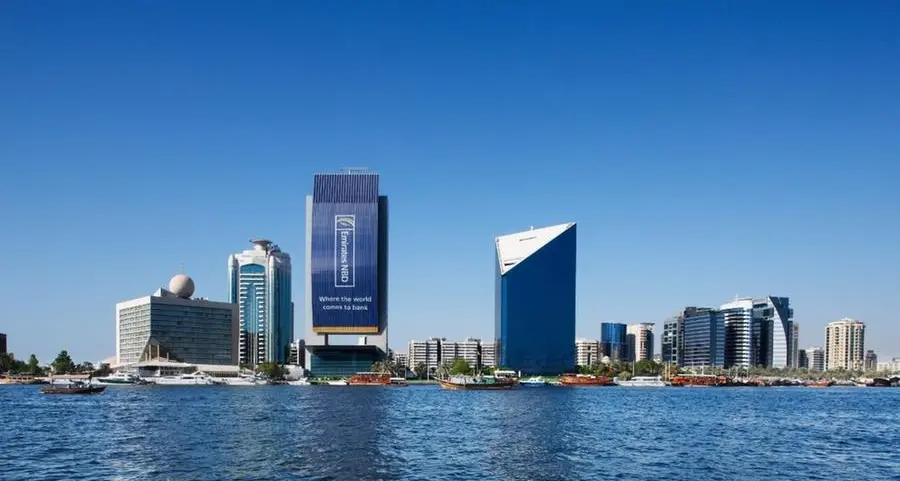PHOTO
This should lead to mass self-efficiency and a stronger local economy, the company said in a presentation broadcast during the Saudi International Marine Exhibition and Conference in Riyadh on Sunday.
Fruits and vegetables will be the main produced components, contributing some 325,000 tons, followed by alternative meat and dairy products with a total of 178,000 tons. Aquaculture and grains came next with production plans of 80,000 tons and 48,000 tons respectively, according to the company.
As for aquaculture — which results in just 10 percent of CO2 produced by beef and consumes only half the quantity of fresh water needed to produce one gram of protein — NEOM will focus on the development of innovative marine and land-based production systems ensuring the strictest compliance with environmental regulations.
Production mainly targets native species that live in the Red Sea waters in order to maximize local sustainability such as Yellowtail Kingfish, Great Amberjack, Orange-spotted Grouper, and Meagre. NEOM aims for a total output of 80,000 tons per year for all of these species, helping it to exceed self-sufficiency levels.
Identifying the selection of species for production is based on evaluating their market value, to achieve higher efficiency levels when production is launched.
Production is initially planned to use indoor, or closed, tanks with a recirculating aquaculture system, also known as RAS, across an area of 22 hectares. The area of recirculating ponds is initially planned at 2,500 ha.
NEOM indicated the projected land-based aquaculture segment, which will include RAS and recirculating ponds, targets a total output of 60,000 tons. The recirculating ponds share is set to be 48,000 while that of RAS share is expected at 12,000 tons.
Looking at marine or offshore aquaculture, NEOM is exploring the opportunity to dedicate some 350 ha of its water on the Red Sea for farming marine species. The marine segment is aiming at large-scale growing of Red Sea native species.
The technique NEOM is planning to use is offshore and nearshore cages with an area of 160 ha and an additional 160 ha of hatcheries and nurseries. The operation is projected to produce 20,000 tons of kingfish per year.
NEOM has also developed a plan to use a number of technologies to produce high-quality protein as a substitute for fishmeal to meet demand for feed from the aquaculture operation being planned. The company said it plans to produce some 7,000 tons of insect protein meal, 4,000 tons of lipids in addition to 25,000 tons of soil amendments.
The plan devised by NEOM envisions setting up an operation for seaweed farming targeting an output of 17,000 tons of dry-weight 40-percent crude protein. Such an operation is planned as onshore and near-shore farming linked to the production sites.
Further downstream in the production cycle, NEOM plans to develop with partners both primary and secondary processing of final products. The company aims to focus initially on processing whole fish mainly for the local market with the possibility for selling some abroad. Production of primary processed fish, gutted or dressed, is planned at 25,000 tons a year in addition to 31,000 tons per year of whole fish.
The volume of secondary processed fish such as steaks and filets is forecasted at 24,000 tons per year.
Given that the Saudi market is currently consuming 9.1 kg of seafood per capita and 71 percent of its needs are covered by imports, NEOM believes there should be no issues placing production in the local market.
The Kingdom is projecting consumption of fish products to grow to 20 kg per capita by 2030.
NEOM has more than 450 km of coastline on the Red Sea. The coastline enjoys some specific features such as: low industrialization and urbanization, no waste water or river runoff, no red tides, suitable depths of 30-80 meter and low (0.5-1 meter) wave heights as well as pristine waters. These all create the pre-conditions for successful aquaculture operation, according to the National Fisheries Development Program presentation shown during SIMEC in Riyadh in Jan. 30.
The geographical location of NEOM ensures a temperate climate, roughly about 10°C cooler on average than the rest of the GCC. It's a mountainous region that is home to diverse terrain in northwest Saudi Arabia. The area also has cooler winds coming in from the Red Sea. The relatively colder waters along the NEOM’s coastline on the Red Sea offer some of the best conditions for aquaculture in the region, according to the company website.
Both state-owned NEOM and The Red Sea Development Co. are spearheading the Saudi government’s efforts to boost the yields of the aquaculture sector fivefold by 2030 in coordination with other key private players.
NEOM will be backed by more than $500 billion over the coming years by the Public Investment Fund of Saudi Arabia, as well as local and international investors. NEOM’s contribution to the Kingdom’s GDP is projected to reach $48 billion by 2030, according to NEOM.
It would be worth mentioning that the Tabuk Fisheries Company signed a deal with NEOM in April 2021 to establish “the largest fish farm in the Middle East and North Africa”, according to the futuristic city. Tabuk Fisheries Co. headquartered in Tabuk, the regional centre about 180 km from the Diba port on the Red Sea.
Established in 2005, the company is known as the producer of various species of fish with the use of floating cages onshore. The company's projects are located 50-km north of the village of Al-Moyleh on the Red Sea coast. The current production capacity of the project is around 2,000 tons per year, according to the company website.
Copyright: Arab News © 2022 All rights reserved. Provided by SyndiGate Media Inc. (Syndigate.info).
